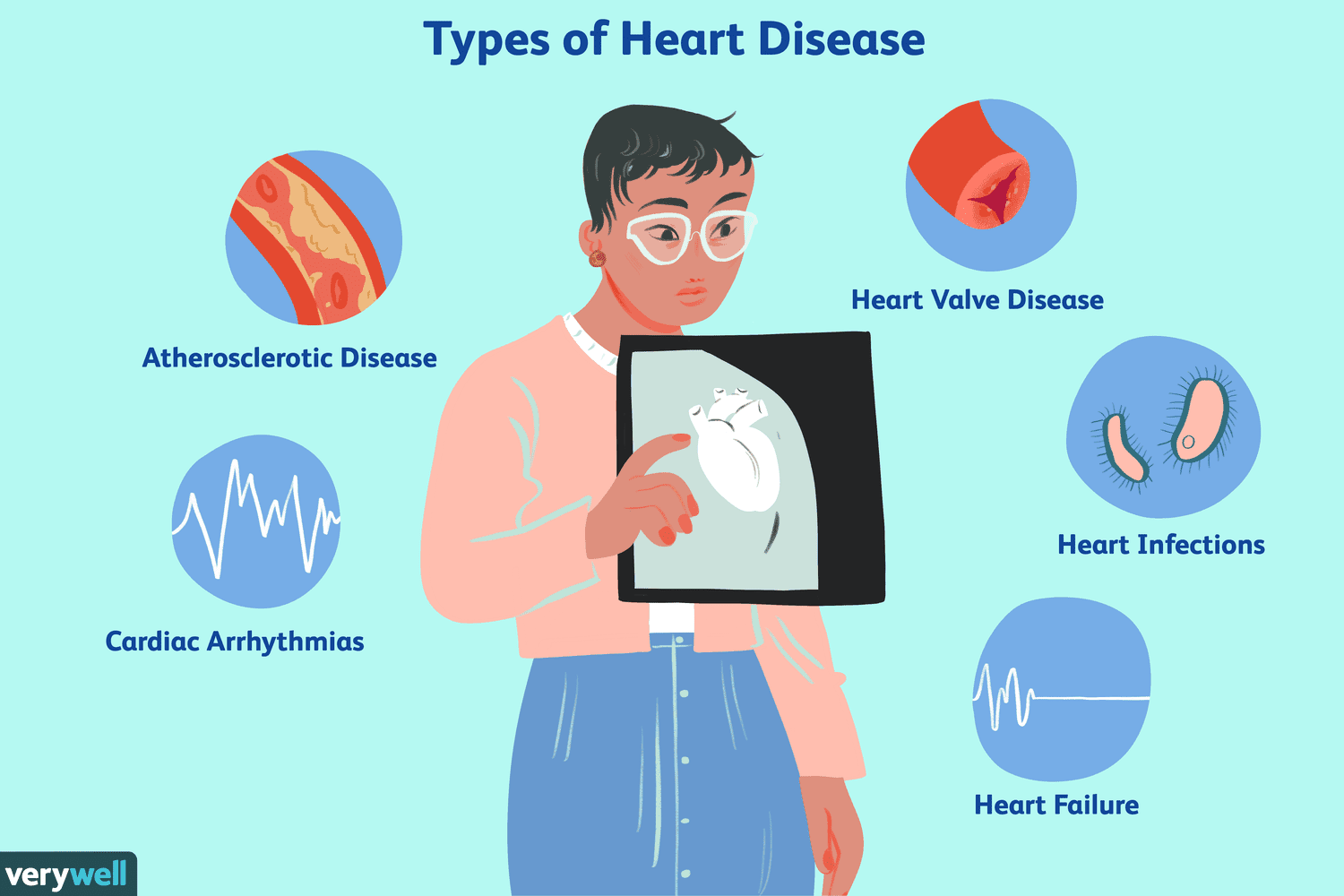Prior to initiating digital removal of a fecal impaction, it is most important for the nurse to perform which client assessment?
Abdominal girth.
Bowel sounds.
Vital signs.
Breath sounds.
The Correct Answer is C
Choice A Reason: This is incorrect because abdominal girth can indicate the presence of fecal impaction, but it does not reflect the client's hemodynamic status or potential complications of the procedure.
Choice B Reason: This is incorrect because bowel sounds can indicate the level of bowel motility, but they do not provide information about the client's cardiovascular or respiratory function.
Choice C Reason: This is correct because vital signs can indicate the client's baseline condition and any changes during or after the procedure. Digital removal of a fecal impaction can stimulate the vagus nerve and cause bradycardia, hypotension, or cardiac arrest.
Choice D Reason: This is incorrect because breath sounds can indicate the client's respiratory status, but they are not directly affected by the procedure. However, breath sounds should be monitored for signs of aspiration if the client receives sedation or analgesia.
Nursing Test Bank
Naxlex Comprehensive Predictor Exams
Related Questions
Correct Answer is C
Explanation
Choice A Reason: This is incorrect because regular exercise is a beneficial lifestyle modification for preventing and managing cardiac disease, but it is not the most important one. Smoking cessation has a greater impact on reducing the risk of cardiovascular events and mortality.
Choice B Reason: This is incorrect because stress reduction is a helpful lifestyle modification for preventing and managing cardiac disease, but it is not the most important one. Smoking cessation has a more direct effect on improving the function and structure of the blood vessels and heart.
Choice C Reason: This is correct because smoking cessation is the most important lifestyle modification for preventing and managing cardiac disease, as smoking is a major modifiable risk factor that can cause atherosclerosis, hypertension, arrhythmias, thrombosis, and myocardial infarction.
Choice D Reason: This is incorrect because a low-fat diet is a useful lifestyle modification for preventing and managing cardiac disease, but it is not the most important one. Smoking cessation has a stronger influence on lowering the levels of cholesterol and inflammation in the blood.

Correct Answer is B
Explanation
Choice A Reason: This is incorrect because palpating the suprapubic region for distention can be inaccurate and unreliable, as it can be affected by factors such as obesity, abdominal muscle tone, and bowel gas.
Choice B Reason: This is correct because scanning the client's bladder after voiding can measure the post-void residual urine volume, which indicates the amount of urine left in the bladder after urination. A high post-void residual urine volume can indicate urinary retention.
Choice C Reason: This is incorrect because reviewing the chart for number of voids over last 24 hours can provide information about the frequency of urination, but not the amount or completeness of urination.
Choice D Reason: This is incorrect because evaluating the client for urinary incontinence can assess the involuntary loss of urine, but not the ability to empty the bladder completely.
Whether you are a student looking to ace your exams or a practicing nurse seeking to enhance your expertise , our nursing education contents will empower you with the confidence and competence to make a difference in the lives of patients and become a respected leader in the healthcare field.
Visit Naxlex, invest in your future and unlock endless possibilities with our unparalleled nursing education contents today
Report Wrong Answer on the Current Question
Do you disagree with the answer? If yes, what is your expected answer? Explain.
Kindly be descriptive with the issue you are facing.
